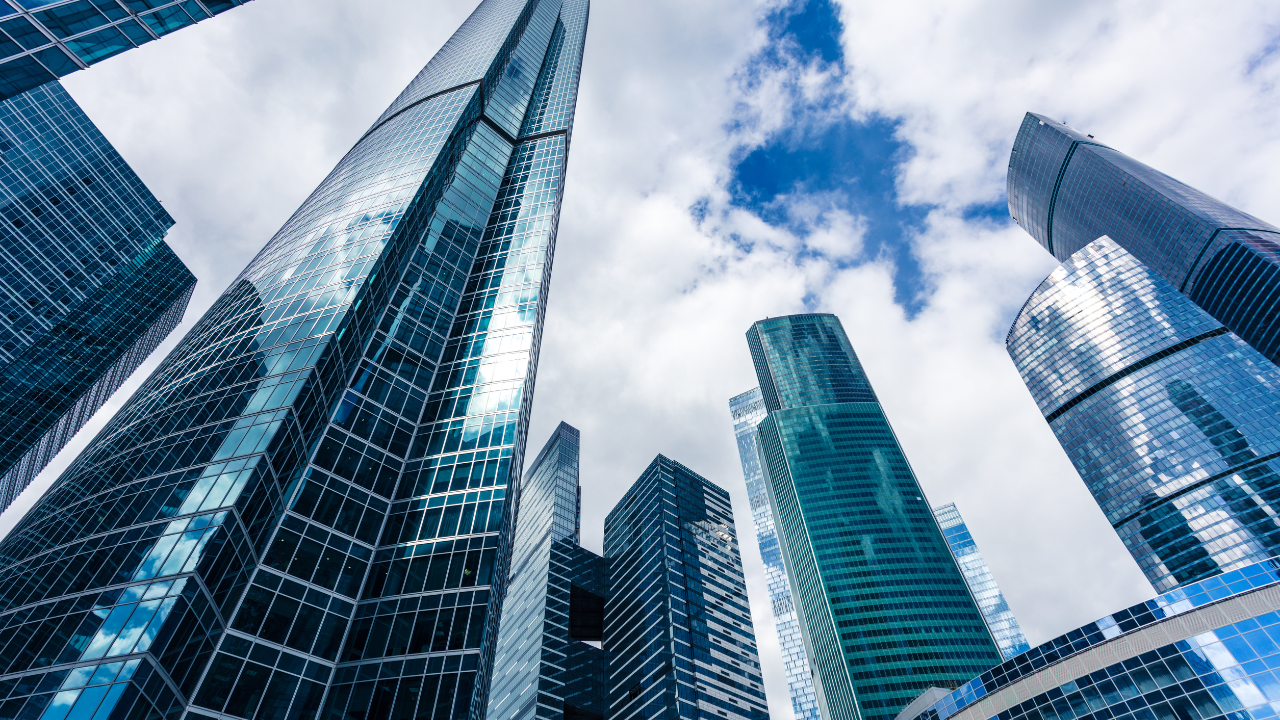%20(1).png)
Industry
Investing in the Right Technology for a More Sustainable Built Environment
Learn how AECO firms choose the right sustainability tech—prioritizing early-stage insights, compliance automation, and smarter investments.
Brandon Lamb - Account Executive – AECO 8 May 2025

Sustainability is a reality shaping how firms design, build, and operate. With Canada's push toward net-zero emissions, evolving building codes, and increasing client demands for greener, more efficient spaces, the pressure is on to deliver projects that meet these expectations.
But here’s the challenge: there’s no shortage of technology promising to make this easier.
The Overwhelming Landscape of Sustainability Tech
Every year, new tools emerge claiming to optimize workflows, automate sustainability reporting, and make buildings more energy-efficient. But how do you cut through the noise and decide what’s actually worth the investment?
It’s easy to feel like you need everything—AI-driven modeling, real-time data tracking, automated compliance reporting, cloud-based collaboration. But the reality is that too many disconnected tools can actually slow you down rather than help.
How AECO Firms Are Making Smarter Technology Investments
1. Start with the End Goal
Leading firms identify their biggest sustainability challenges first. Are carbon assessments taking too long? Do design teams need better early-stage energy modeling? Is compliance with new regulations overwhelming? Find the friction point, then invest accordingly.
2. Prioritize Early-Stage Decision-Making
One of the biggest inefficiencies in AECO is making sustainability an afterthought. Many firms still design first and then try to retrofit sustainability measures later—often leading to increased costs and wasted materials.
Smarter approach? Tools like Autodesk Forma offer real-time environmental insights early in the design process, so projects start off optimized instead of requiring costly mid-course corrections.
3. Focus on Compliance Without the Paperwork Headache
With the National Building Code of Canada evolving and cities like Toronto and Vancouver enforcing stricter environmental standards, firms need a way to track and report on carbon impact efficiently.
Automation tools such as OneClick LCA simplify Life Cycle Assessments (LCA), helping firms meet LEED, Zero Carbon Building standards, and ESG goals without hours of manual work.
4. Choose Interoperable Solutions
One of the most overlooked factors in technology adoption is whether the tools actually integrate with existing workflows. The last thing you need is another siloed platform that doesn’t talk to your design, project management, or reporting tools.
Smart firms are choosing solutions that connect seamlessly, eliminating duplicate data entry and manual adjustments.
5. Pilot First, Scale Later
The best investments start small. Firms that see real success in technology adoption don’t roll out new tools across their entire operation overnight—they test them on a few projects, measure the impact, and refine their approach before scaling up.
The Bottom Line: Don’t Just Keep Up—Stay Ahead
The firms leading the way in sustainable AECO aren’t just reacting to new standards—they’re anticipating them. They’re using technology not just as a compliance tool, but as a strategic advantage to create buildings that are more efficient, cost-effective, and resilient.
At the end of the day, the right technology isn’t about chasing trends—it’s about making better, more informed decisions that will shape the built environment for years to come.
What’s your approach to investing in the right technology for sustainability? Let’s start the conversation.
%20(2).png)
Trendings
- Matterport Pro2 vs. Pro3: Which 3D Camera Is Best for AECO?
- Overcoming Data Silos in AECO with Centralized Knowledge Platforms
- What Are Environmental Product Declarations? A Guide for Architects, Engineers and Contractors
- Eliminate Downtime in Manufacturing with Pinnacle Series On-Demand Training
- Beyond PDFs: How Canvas Envision is Revolutionizing Work Instructions for Modern Manufacturers

.png)

%20(3).png)